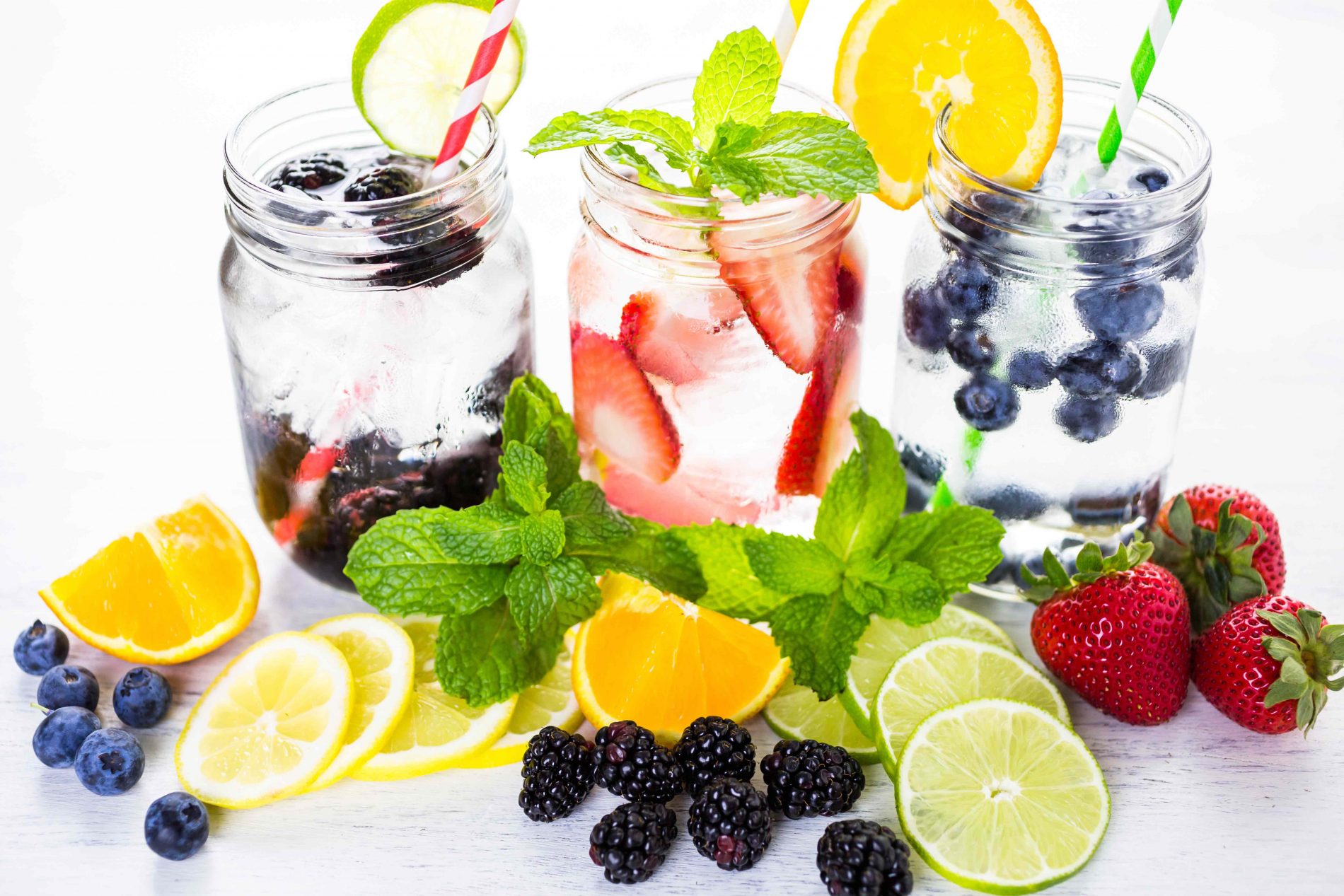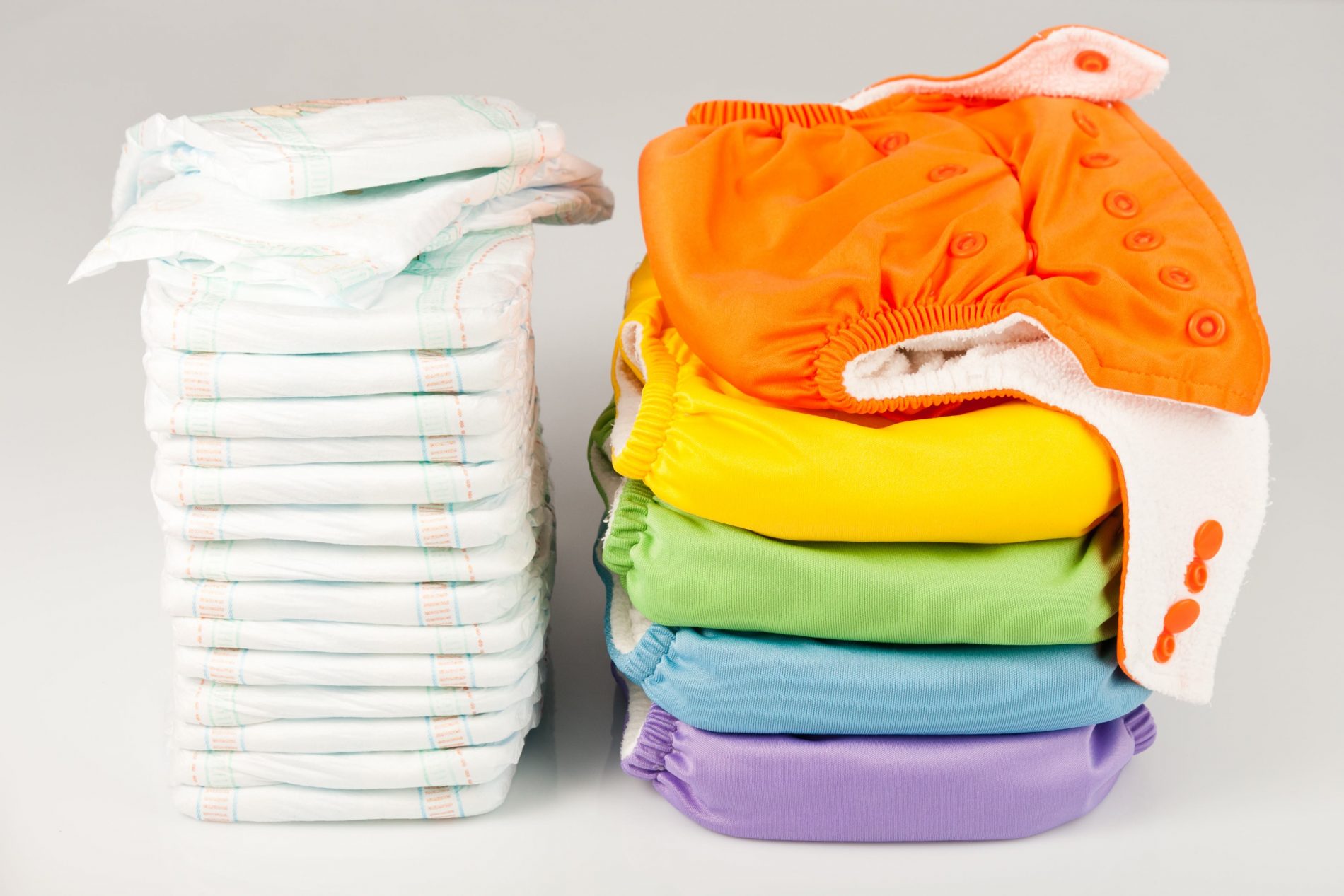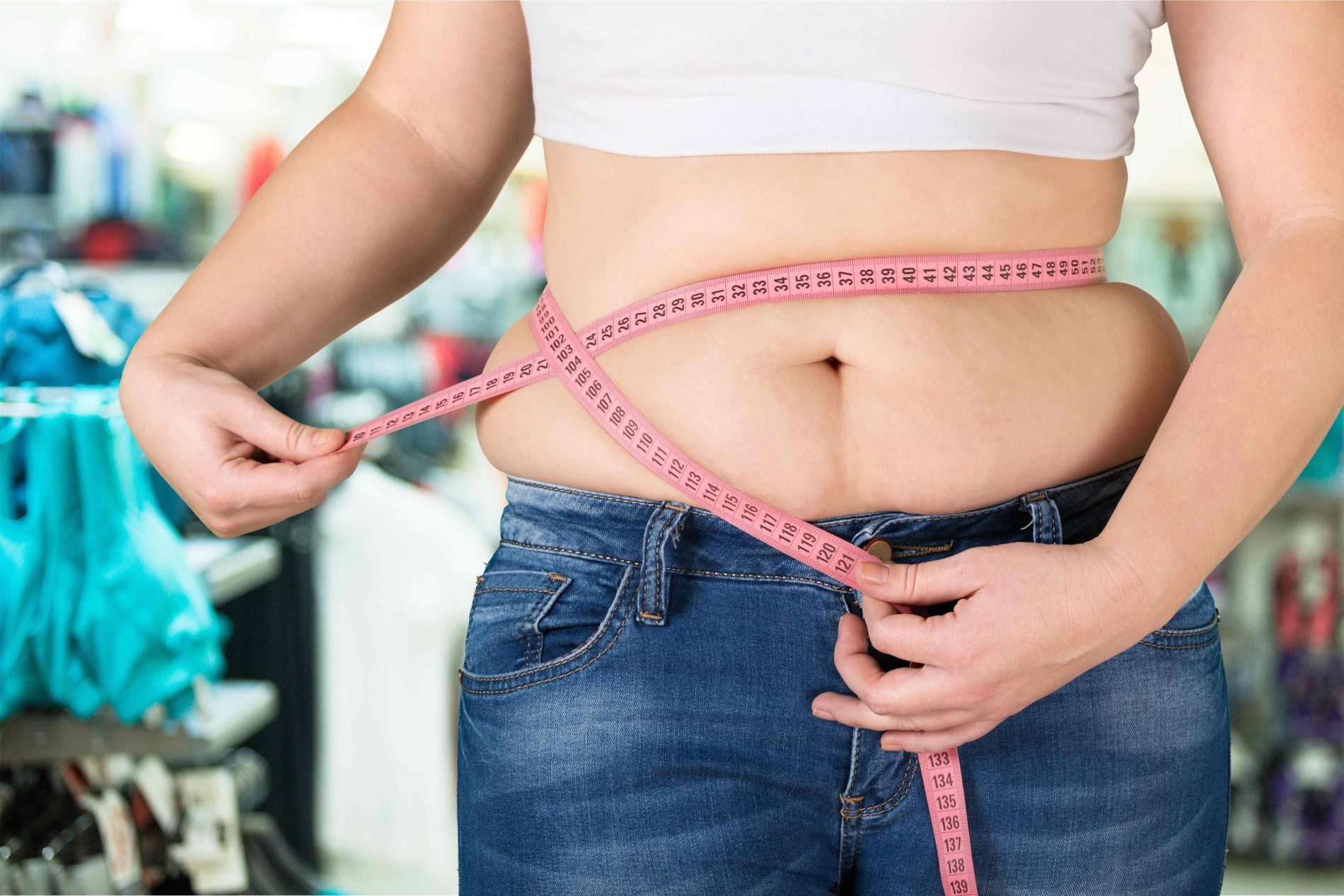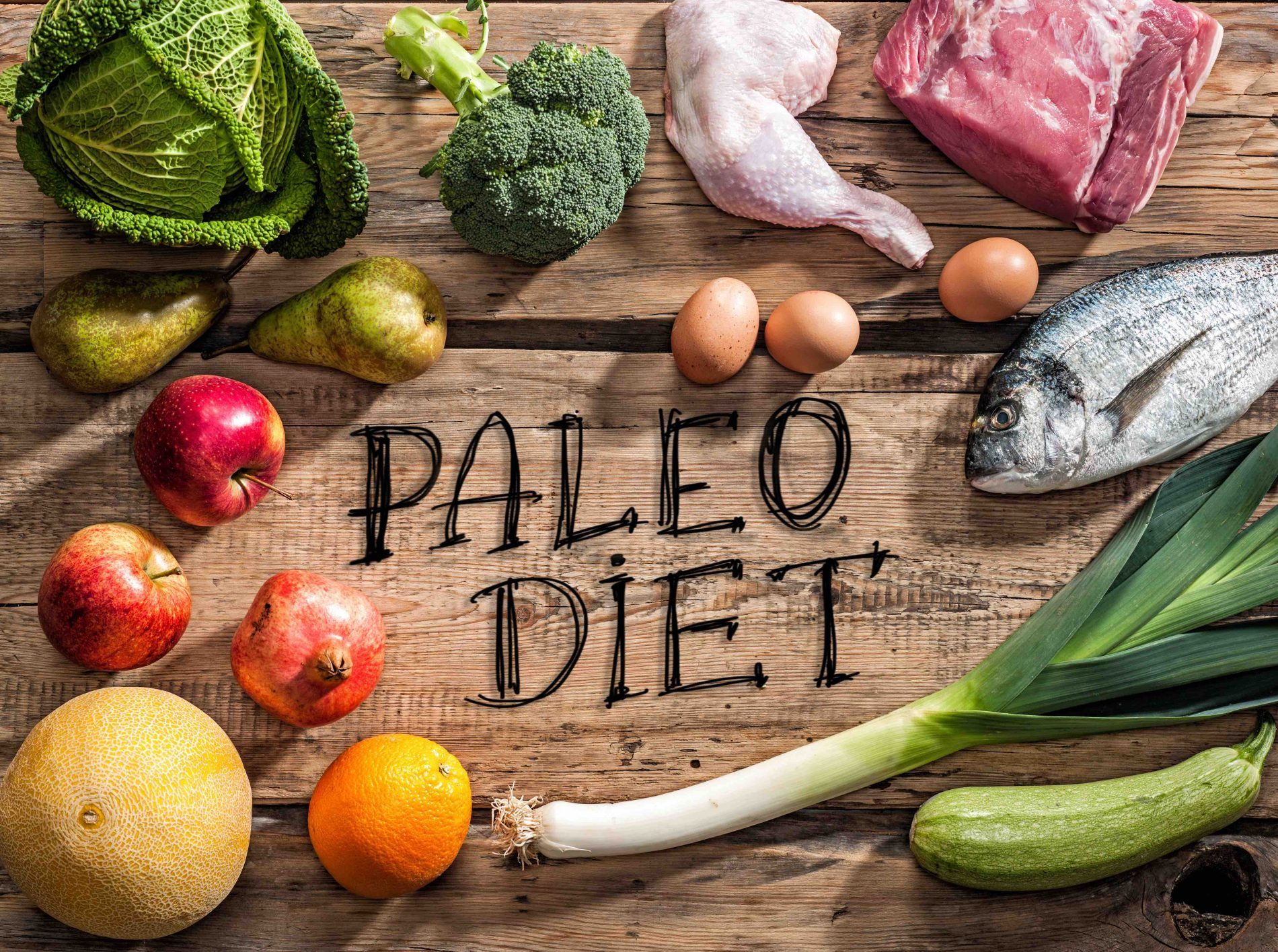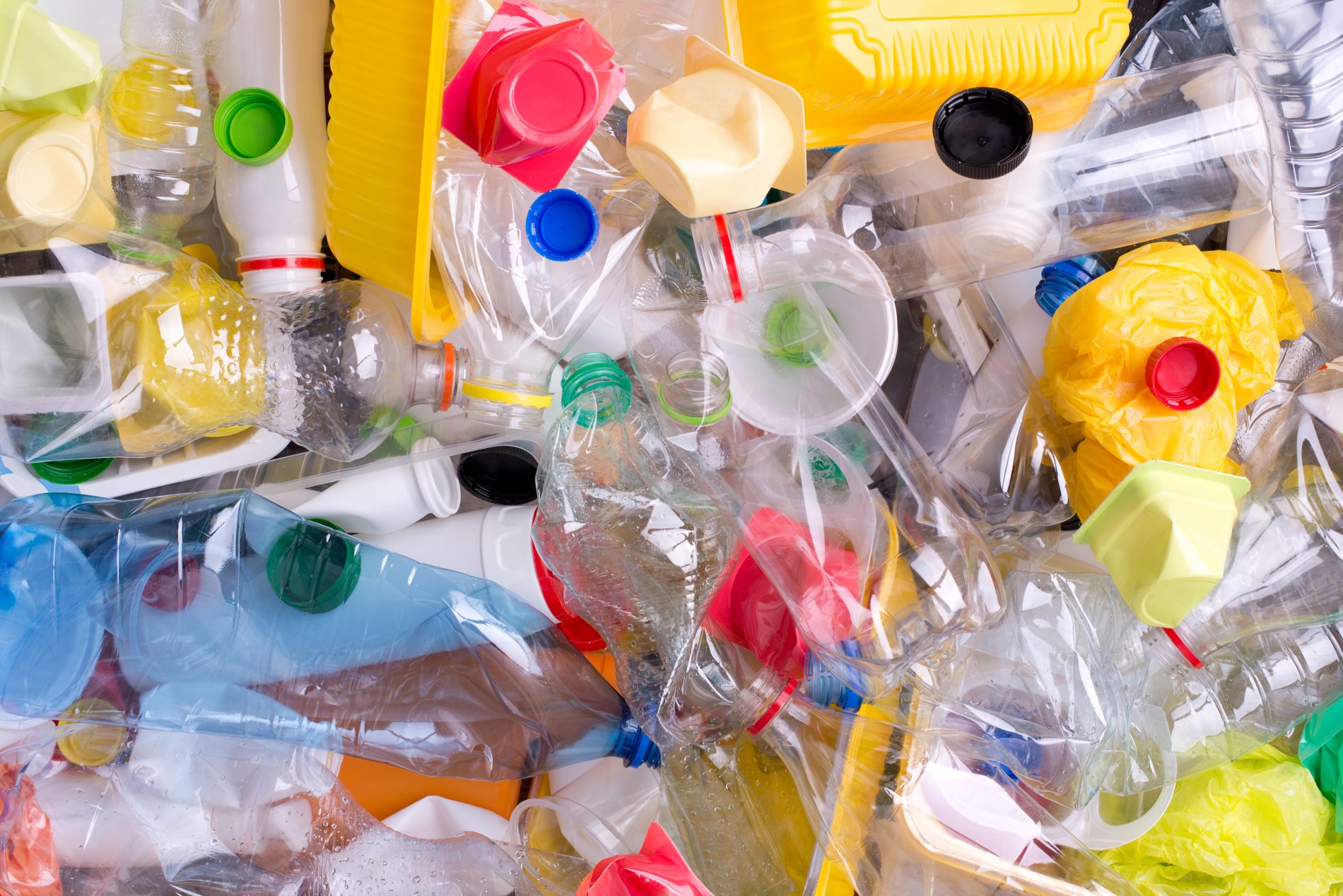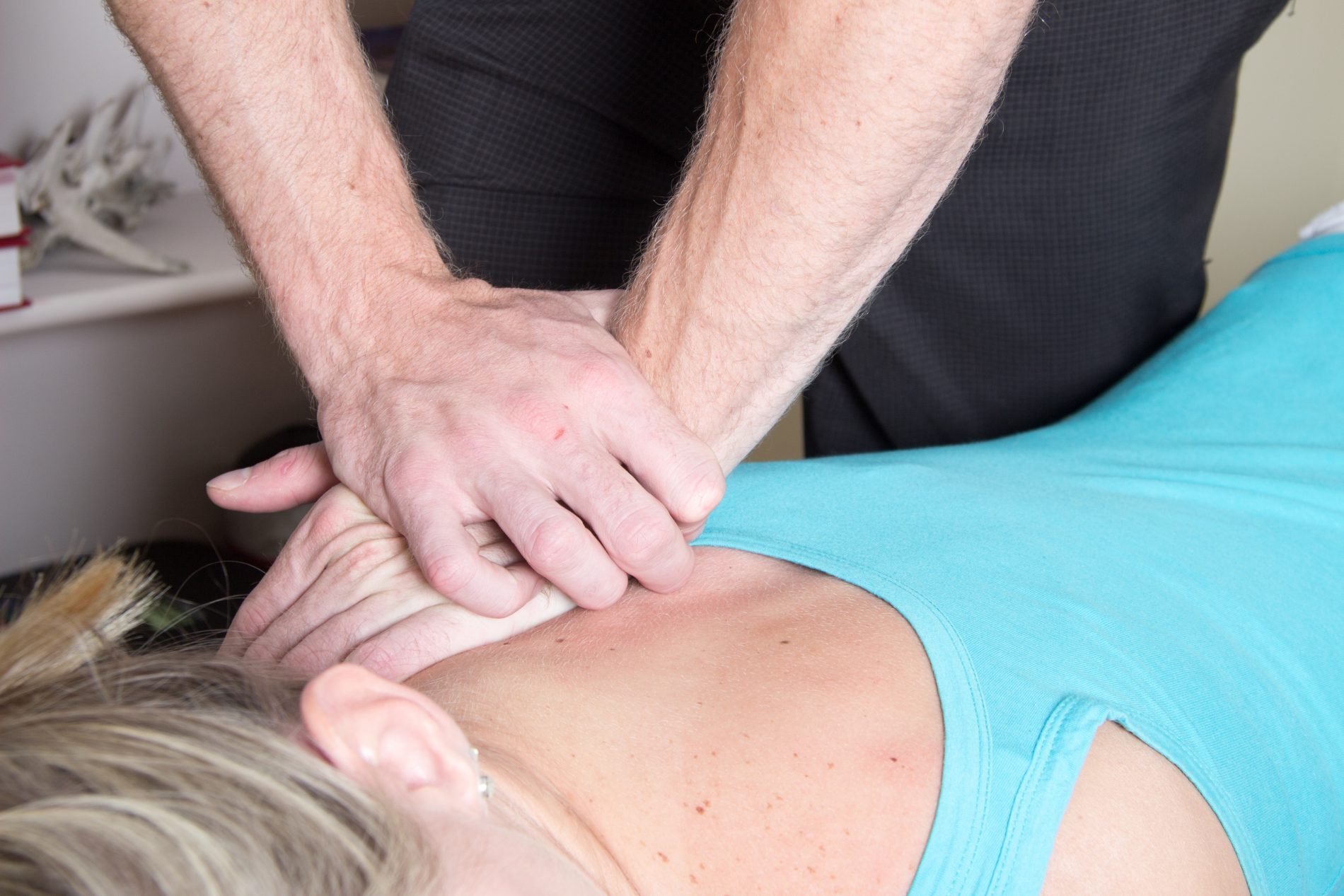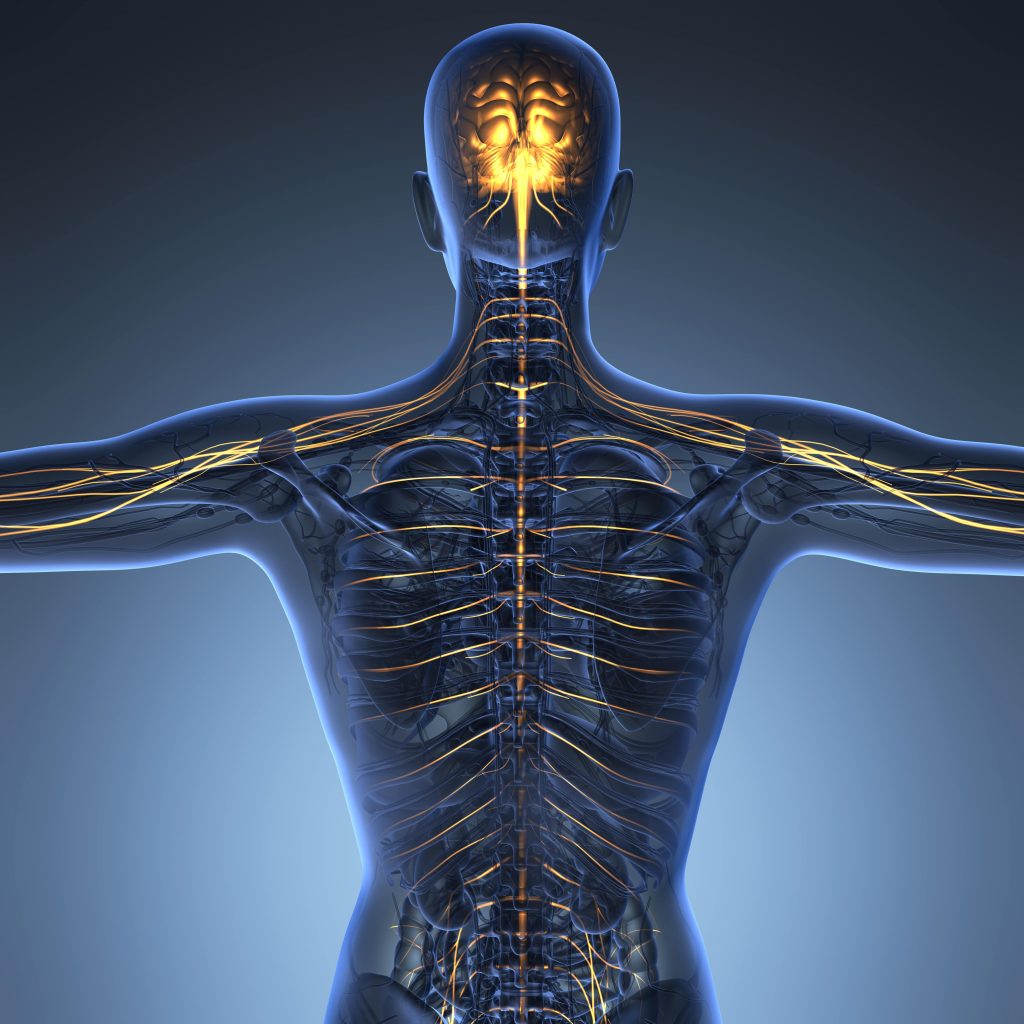There is an incredible amount of toxic chemicals lurking in your cosmetics that significantly affect your health. Although you can find many organic, toxin-free options at your local health food store, why not try making your own natural, inexpensive versions at home.
Here are some of my favourite ‘recipes’ I like to use and share with my friends and family.
Natural Body Butter
In a double boiler on your stove, add:
- 1/4 cup natural beeswax (let this melt completely before adding the rest of the ingredients)
- 1/2 cup extra virgin, organic, raw coconut oil
- 1/2 cup sweet almond oil (Use avocado oil if you are allergic to nuts)
- 20 drops of your favourite essential oils (mine are grapefruit and vanilla!)
- In a double boiler, allow the natural beeswax to become liquified.
- Add the coconut oil and almond oil, until it is all liquified. Then remove from heat.
- Next add your essential oils.
- Once it has cooled slightly pour into small containers and place in the fridge to harden and use liberally!
It can be stored for several months in the fridge.
Caution – if you are allergic to bees, or sensitive to bee pollen, etc, do not use the beeswax in your recipe. The cream might become liquified on hot days, but it will re-solidify when the temperature returns to normal. The beeswax helps to keep the cream solid in the heat and hold the moisture on your skin. Also, if you are allergic to nuts – swap out the almond oil for avocado oil (everything can be found at the health food store).
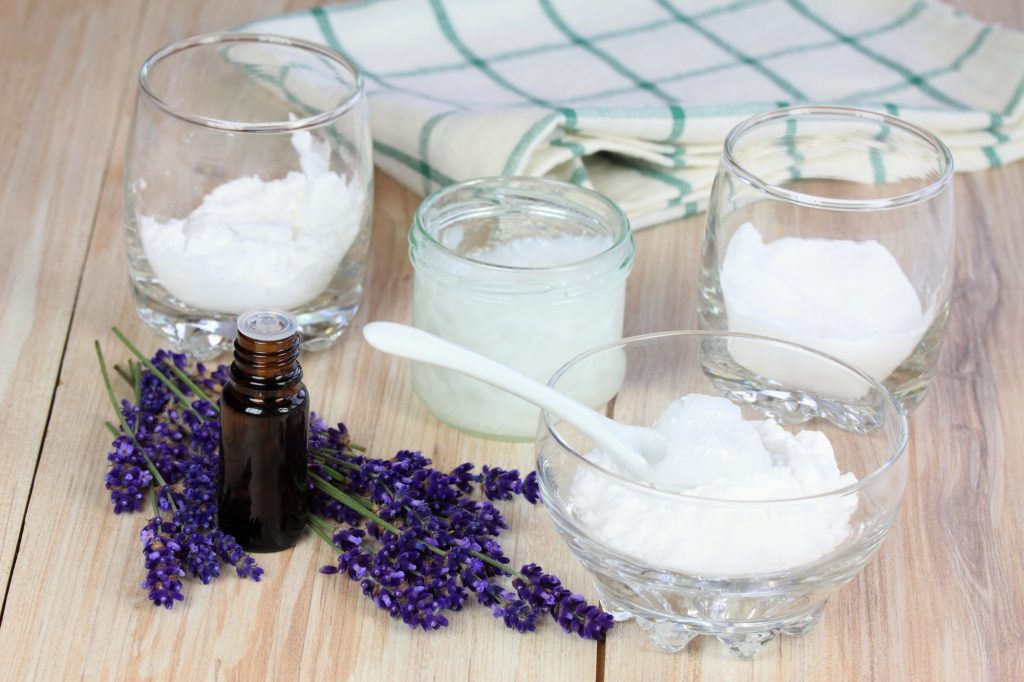
Natural Deodorant
This recipe for natural deodorant is to replace the aluminum and preservative nastiness that is found in conventional deodorants. It doesn’t work quite as well as regular deodorant for many people, so test this out at home before arriving to work! Paired with a clean diet and drinking lots of water, your body will begin to naturally detoxify and not have underarms that produce as much smell.
- 6 tbsp Coconut oil
- 1/4 cup Baking soda
- 1/4 cup Arrowroot powder
- Essential oils of your choice
- Mix baking soda and arrowroot together in a medium sized bowl.
- Mash in coconut oil with a fork until well mixed.
- Add your favourite essential oils.
- Store in small glass jar or old deodorant container for easy use.
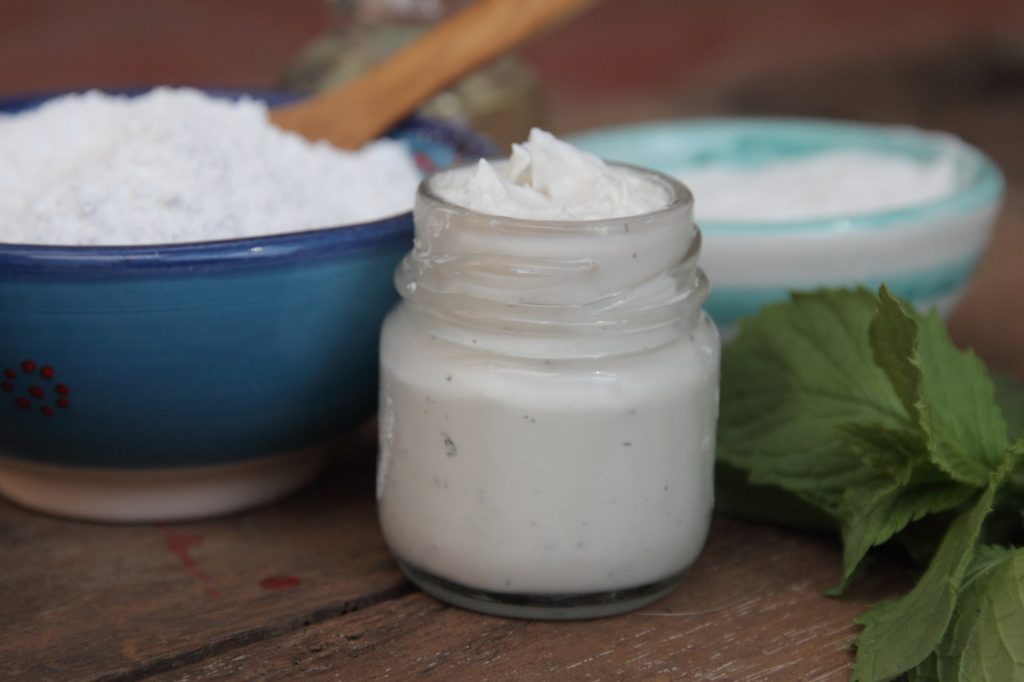
Natural Toothpaste
Toothpaste can be filled with all sort of toxins, from sodium lauryl sulfate to fluoride, and
artificial sweeteners to triclosan. It is very easy to make your own toothpaste, and you
may even find that it helps to whiten your teeth and leave your mouth feeling fresher
than ever before!
Click here to read, “Are you still using Crest toothpaste?”
- 1/2 cup coconut oil
- 3 tbsp Baking soda
- 15 Drops peppermint essential oil
- Mix all of the ingredients together. If the coconut is really hard, you may have to warm it slightly to let it soften.
- Keep mixture in a small jar in your bathroom. To keep germs out of it, use a spoon to put the paste onto your toothbrush.
For more information about common chemicals you should try and avoid, click here to read, “What Chemicals Are You Putting On Your Face?”
Jo-Anne Richardson has almost a decade of experience managing a chiropractic office and educating patients on how chiropractic can allow your body to express optimal health. She is a Registered Holistic Nutritionist and holds a Degree in Communications. She loves to experiment with raw vegan recipes, loves to salsa dance, travel and learn new holistic health information to share tips with everyone who visits the office.




 Dr. Thomas Egan – Gonstead Chiropractor.
Dr. Thomas Egan – Gonstead Chiropractor.